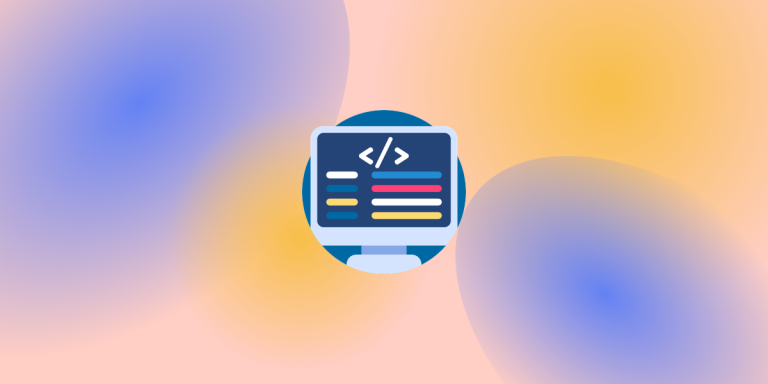Linux kill Command
The kill command in Linux is used to send a signal to a process or a group of processes. The name, unfortunately, chosen as kill, instead of signal, does not need to necessarily kill a process. As we will see,…
The kill command in Linux is used to send a signal to a process or a group of processes. The name, unfortunately, chosen as kill, instead of signal, does not need to necessarily kill a process. As we will see,…

Moving ahead with our tutorials now, let’s introduce the for loop in shell scripts in our today’s topic. We’ve already covered the while loop in our previous tutorial and used the break and continue statements to quit the while loop…
The installation for MySQL on Debian will be through the APT repository. Now there is a default MySQL server installation and one that is offered by Oracle through their software repositories. We’ll take the official route by first adding Oracle’s…

With a boom in back-end web development technologies, working with the right framework can make or break your web development efforts. Python Flask is one of the many good frameworks out there. Flask is a popular Python web framework that…
Tired of using the same old default hostname that comes with your Ubuntu 18.04 server, and want to change it? And you want to do it now, without having to restart? Oh yes, you can do both!! Let us see…
Switch case in shell scripts is an efficient alternative to the if-elif-else statement we learned previously. The concept of the switch case statements is that we provide an expression for different cases (conditions) to the statement that, when fulfilled, will execute specific…
Changing the SSH port on Linux is pretty easy and straightforward. As it is with most of the packages that are available for any Linux distribution including Ubuntu, they come with a configuration file. Let’s modify that configuration file and…

When using Linux, you are going to almost always be hooked to the terminal. And one of the common commands that you’ll have at the back of your hand will be the “ls” command. Also read: The mkdir command in…
In this tutorial, we’ll learn how to set environment variables in Linux manually. When using Linux, the Kernel sets up the environment with default values for a lot of variables that we would need to use. This includes the default…
After learning the basics in our previous tutorials about if-else statements, switch-case statements, etc, it’s time to create functions in shell scripts. Functions help us divide scripts into different sections and make the code more portable as well as reusable.…